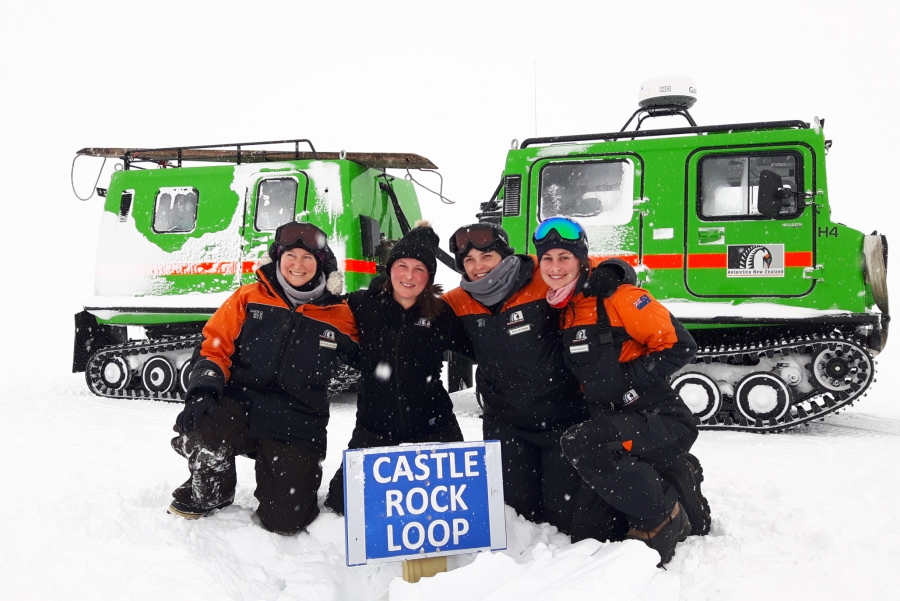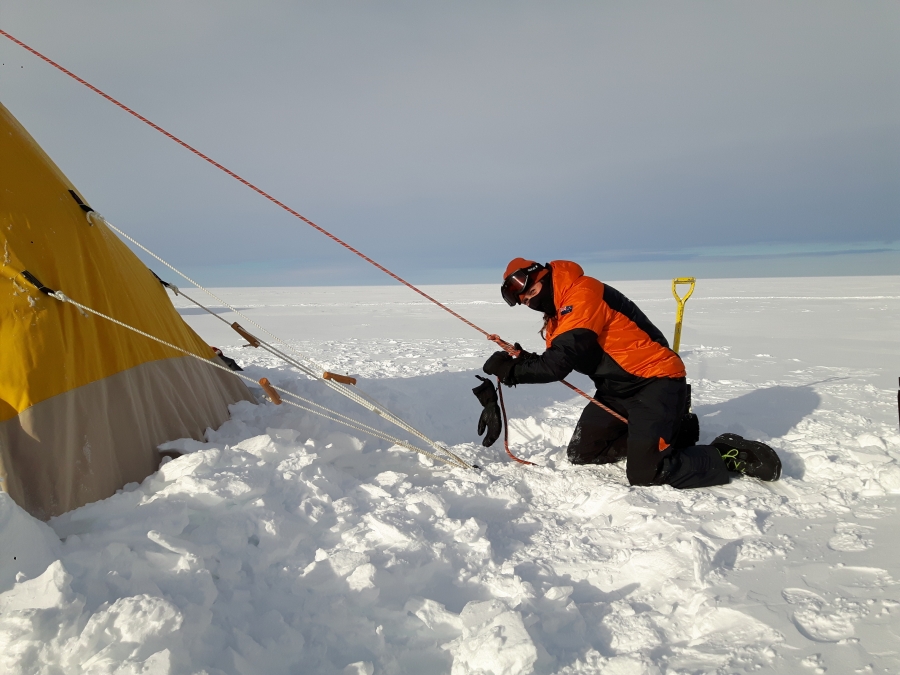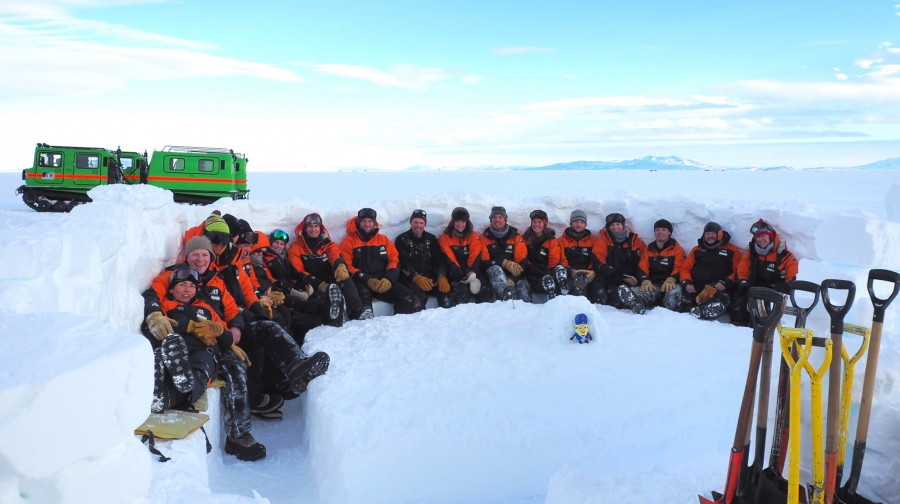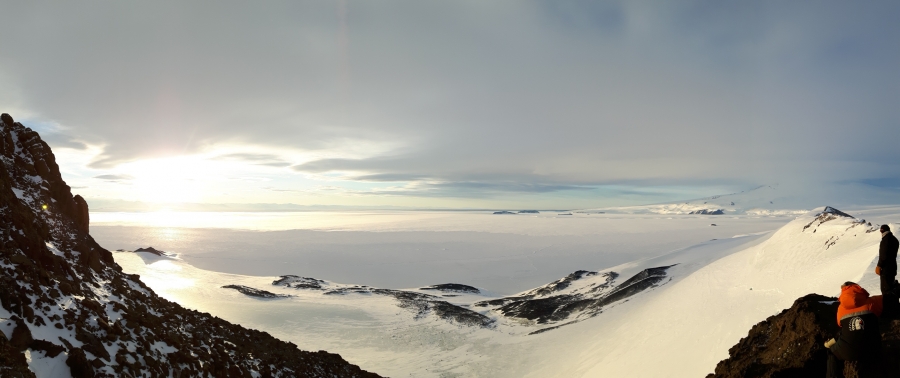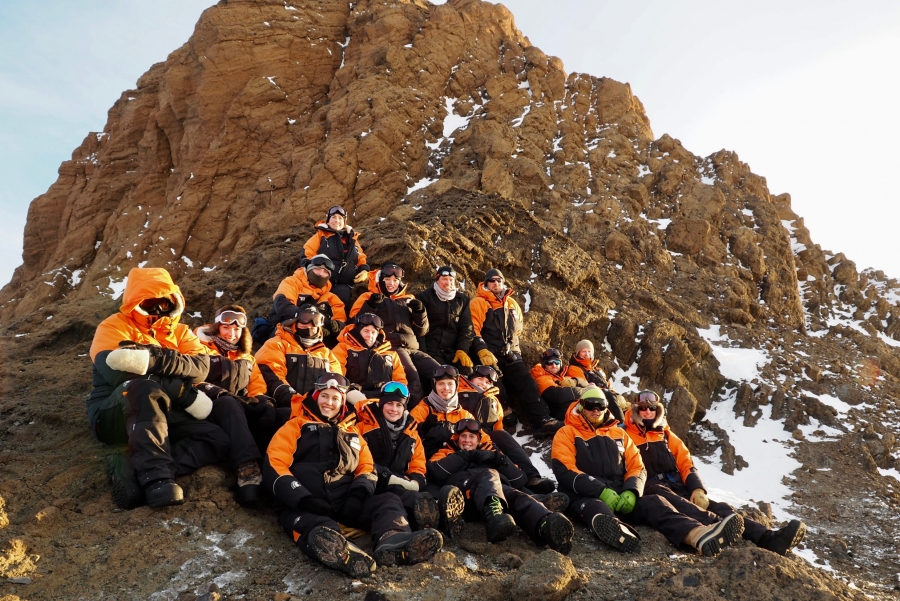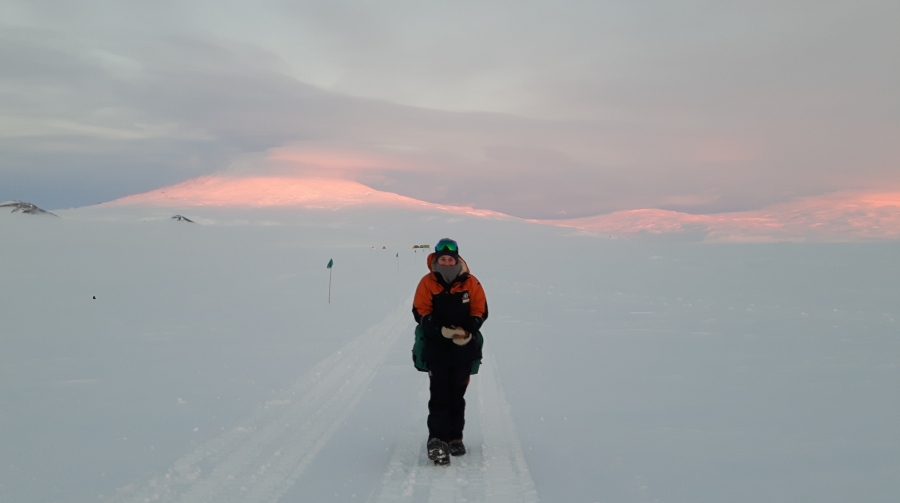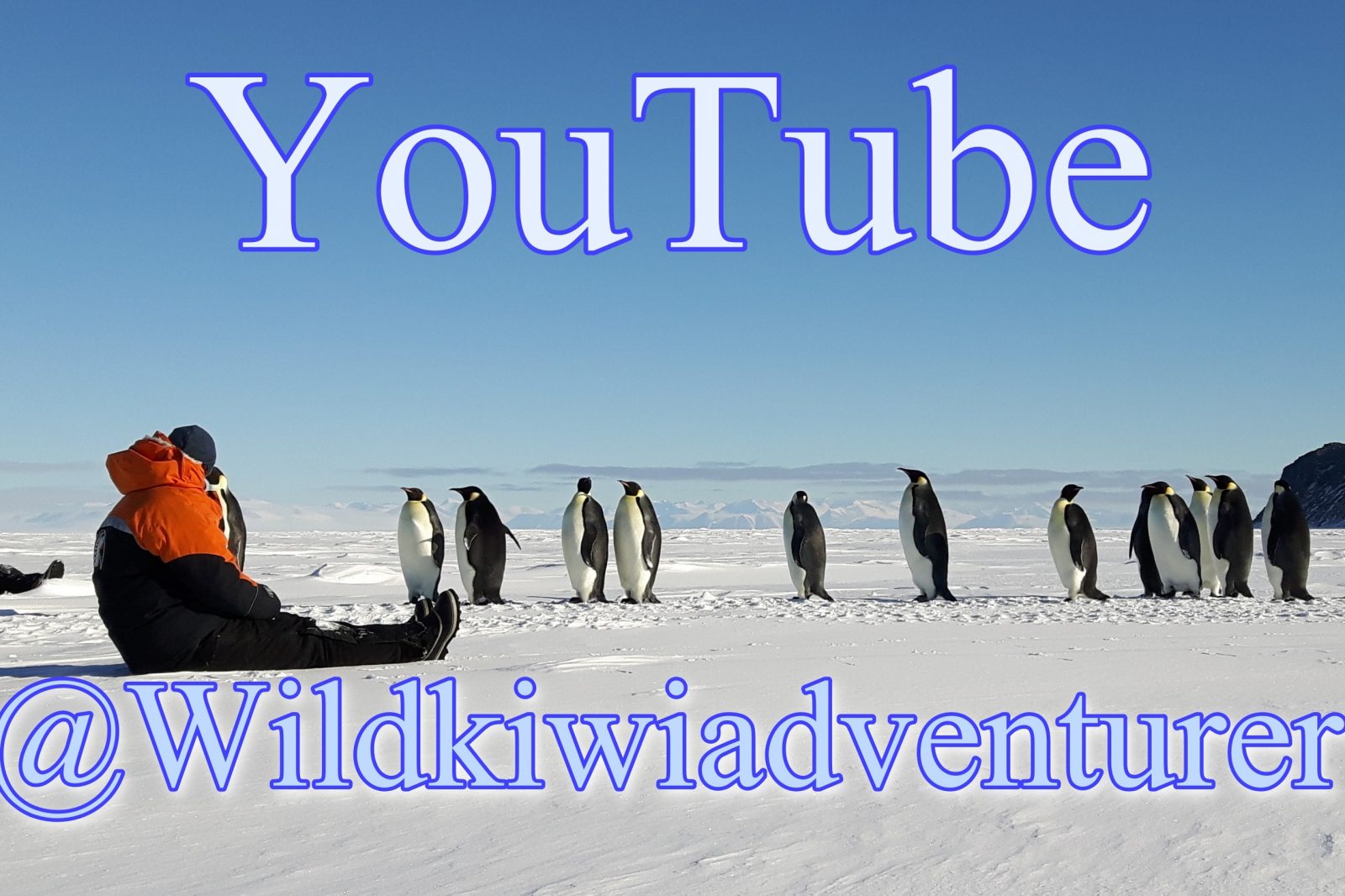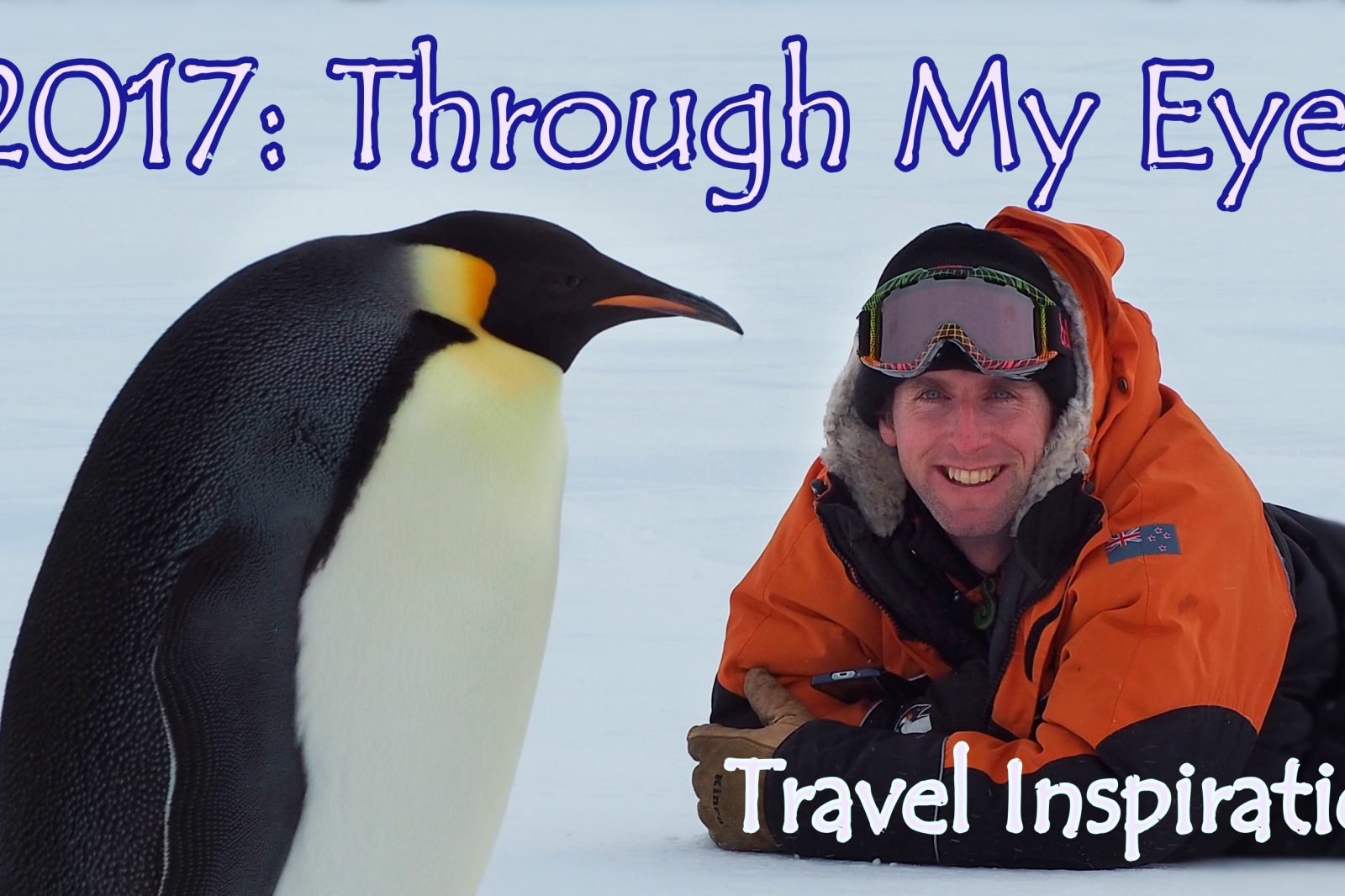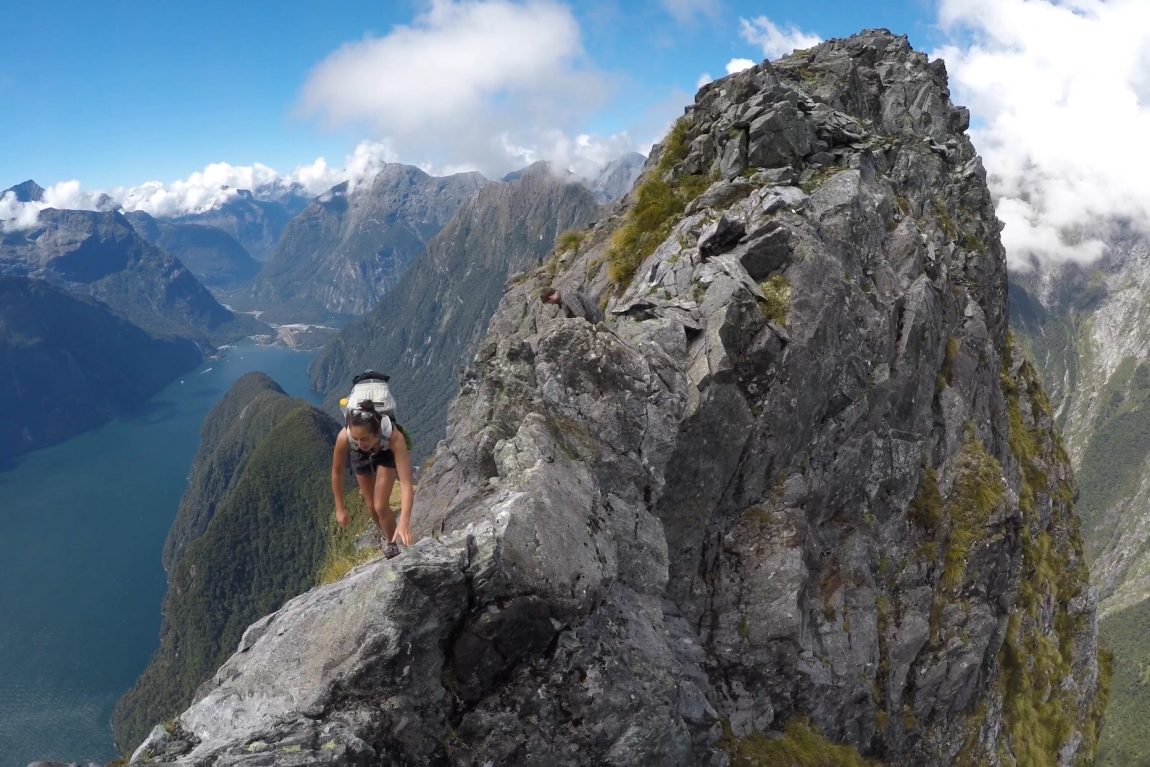Guest Post: Camping in Antarctica During Field Training
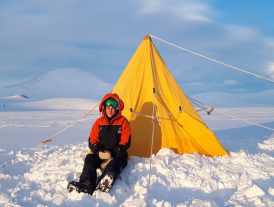
Ever wondered what it’s like to camp out in Antarctica?? Sarah Mockett is a base domestic at Scott Base this season and describes her night out camping as a part of her two day Antarctic Field Training course. See her blog Calling Antarctica Home for more.
Nervous and Excited…
I didn’t know whether to be excited or nervous about training. Sure, I’ve slept in a tent before, I’ve hiked, cooked outside; in fact, all these things were a part of my last job. So, what’s the problem? Well, as you might have guessed, Antarctica is substantially colder than temperatures I’ve ever experienced before and I feel the cold. I wasn’t quite sure how I would handle being out for that long, without the safety of the base to run back to. For once, I was on the other side of the fence – instead of being the instructor I was being instructed. But as I’ve told my students before (as an Outdoor Educator), the World begins at the end of your comfort zone, and as cheesy as it sounds, it’s true. With this realisation, I began to look forward to training
Antarctic Field Training
Friday the 6th October was the day. The weather up until then had been pretty average, (-40-50 degrees Celsius) making us a little nervous. Okay, that’s an understatement: we had been in a category one storm since the start of the week. (Weather has three categories, one being the most severe). However, the weather finally came right on Thursday and by Friday it was looking really good.
We began our day in the classroom with a quick introduction to what we would be doing. The introduction was followed by going over our survival kits, which come with us whenever we go for long trips off base. We got to have a bit of fun playing with the gas cookers and tents, learning how to use them in case of an emergency. After all of this, it was time to put our sleeping kits together and get ready for our night out.
Straight after lunch we were due to move out. Last minute bathroom stops and preparations were hurriedly made. We were briefly held up as some weather rolled in. The perfect-looking morning was starting to look less inviting… However, after half an hour or so we were loading up the Haglunds and on our way to our campsite for the night. It took us about twenty minutes to reach our destination. The journey was relatively comfortable and it was a novelty traveling in the Haglunds. Although, this novelty is likely to quickly wear off as the Haglands are relatively noisy and bumpy. Also, the windows in the back ice up pretty quickly, leaving you with no idea of your surroundings.
Pitching Camp
Once at our camp site, the first priority was to set up our tents. The wind started to pick up at this point making our field instructors’ job slightly difficult as they demonstrated how to put up the tents. Lucky for us, the wind died down by the time we got to pitch our own. The tents themselves are pretty cool. Most of them were what we call Scott Polar Tents and are of a heavy canvas material. Four metal poles are spread out to form a Tepee-like structure. They are pretty straight forward to set up but the weight of them adds a little bit of challenge.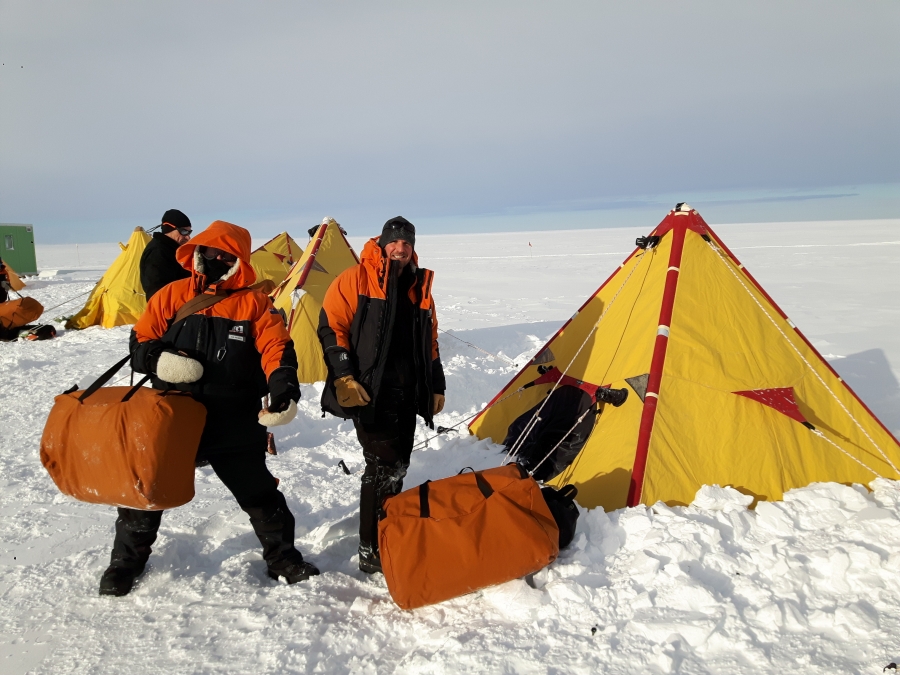
After the tents were up we headed to what they call the square frame. The square frame is about the size of a shipping container, has a small ‘kitchen’ area, a couch that looks out the sliding door and a bedroom containing a double and single bed. A place that is sure to get some use over the summer as an escape from the busy Scott base. At the square frame we made hot drinks and snacks before cracking in to building our snow kitchen. The point of a snow kitchen is to provide somewhere we can sit sheltered from the wind. If we were ever stuck out in an emergency building a solid wind break is very important. It was a pretty impressive structure and kept us entertained for the next few hours as we dug the trench for our feet and cut blocks for the wall.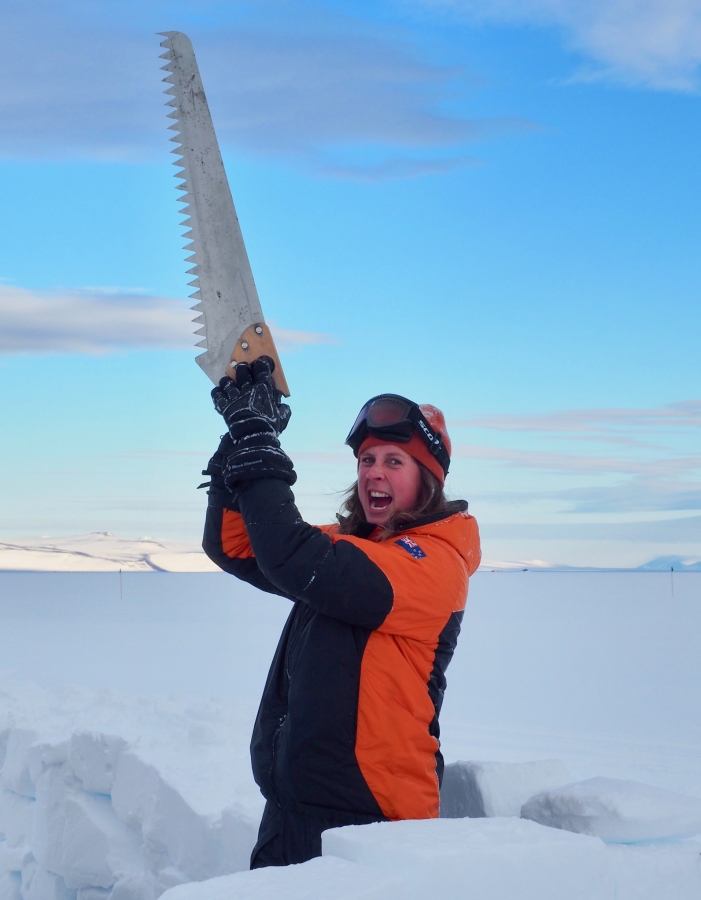
Castle Rock
The last activity of the evening was heading up Castle Rock. When you see the mighty rock perched on top of the hill, the name sort of explains itself. We could drive the Haglands almost to the base of the rock and then it was just a short walk the rest of the way. The views from here were stunning. In the distance, we could just make out the ocean where the sea ice had already broken away. There were various other land marks pointed out to us but to be honest, I was busy taking photos and absorbing the beautiful scenery around us as the sun set in the distance. We were so incredibly lucky with the weather. It was calm and relatively warm; some might even call it tropical at -12 degrees Celsius! (A world away from the -50 temperatures we were experiencing when we first arrived). We could sit and enjoy the view from Castle Rock without freezing our extremities off. After perhaps an hour of enjoying the views and taking photos we headed back to camp. I can’t think of a better way to have concluded our day.
Bedtime
Bedtime seemed to roll around quickly, but getting into bed is such a mission. We had two people per tent and there isn’t exactly much space within the tents. If you were smart, you would work it so that one person climbs into bed before the other attempts to do the same. Once it’s your turn, you first have to fight with your ECW (extreme cold weather) boots. They have more notches for the laces than I care to count. Seriously, it’s a five-minute exercise to put the things on. Then there is the massive ECW jacket. Once you’ve managed to escape that layer there’s overalls, another jacket and finally you are at your polar fleece and thermal layers. Now you have managed to strip your layers down you still have to wriggle into the thermal polar fleece liner that is encased in two sleeping bags with an outer that keeps it all together. But it doesn’t stop here. Of course, anything you leave out will most likely freeze, so any clothing you would want to wear in the morning (all that clothing you just stripped off) now needs to be pulled into one of the sleeping bag layers. Then in comes the camera, so that might still work in the morning.
Finally, you are ready. Even though it was 11pm and still light outside I fell asleep quickly, only stirring once in the night when the wind picked up.
The Morning
The morning consisted of getting up, having breakfast (instant oats) and pull-down of the camp. Then it was straight back to base.
We had not only made it through the night cosy, safe and warm but had an amazing field camp experience! It is one of my favourite experiences so far and something I would happily partake in again.
Big thanks to Sarah Mockett for my first ever guest post on wildkiwiadventurer.com!! Check out her other Antarctic stories on her blog Calling Antarctica Home
Check out my other posts for more adventures from Antarctica and around the world….
Flight from Christchurch to Antarctica
From Growing up in Isolation to World Traveller

